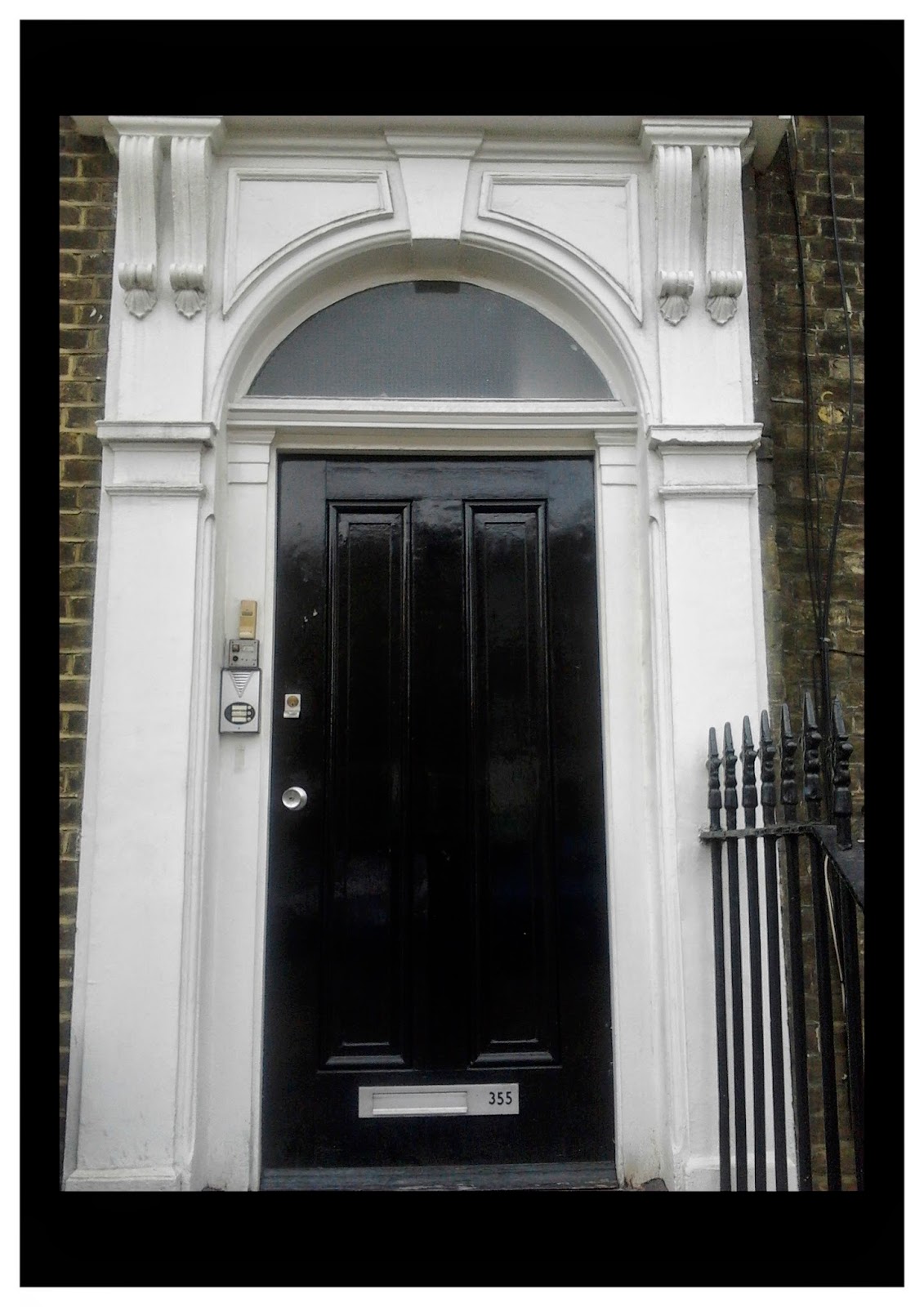For our eighth and final project of this term we had to produce a visual description of our home. This was open, it could mean the place we currently lived in or where we were originally brought up. We also had to look at our work for the previous projects and use elements from those when creating this design. As I had already enjoyed basing the "These Are a Few..." project on photography, I decided to use the same medium for this assignment too.
I started working on this project by brainstorming a list of things that represented 'home' to me, while taking photographs of my room, flat, local area and places that I regularly visit. I didn't have an end design in mind, but just focused on taking pictures initially. During the planning process I produced both written and visual lists of things that were connected to my life. The next stage in the brief was looking at my 'footprint' of living space. I initially thought of producing an A3 map of Islington (where I live) but changed my mind and decided to focus on photography instead in order to create something more simple and literal.
When designing the poster, I wanted to produce something clean and minimal using the photos I had taken. I tried working in colour initially but then decided to make the images monochromatic, as it looked more visually interesting and connected everything together better. I then used various tints of colour, using green as it was stronger and more interesting. For the 'HOME' text I played around with various typefaces, sizes and layouts, before finally choosing the 'Braggadocio' font as it produced a contemporary aesthetic. Overall, the final poster shows visually represents the place I live in and my abilities as a designer in a smart and straightforward way.
































